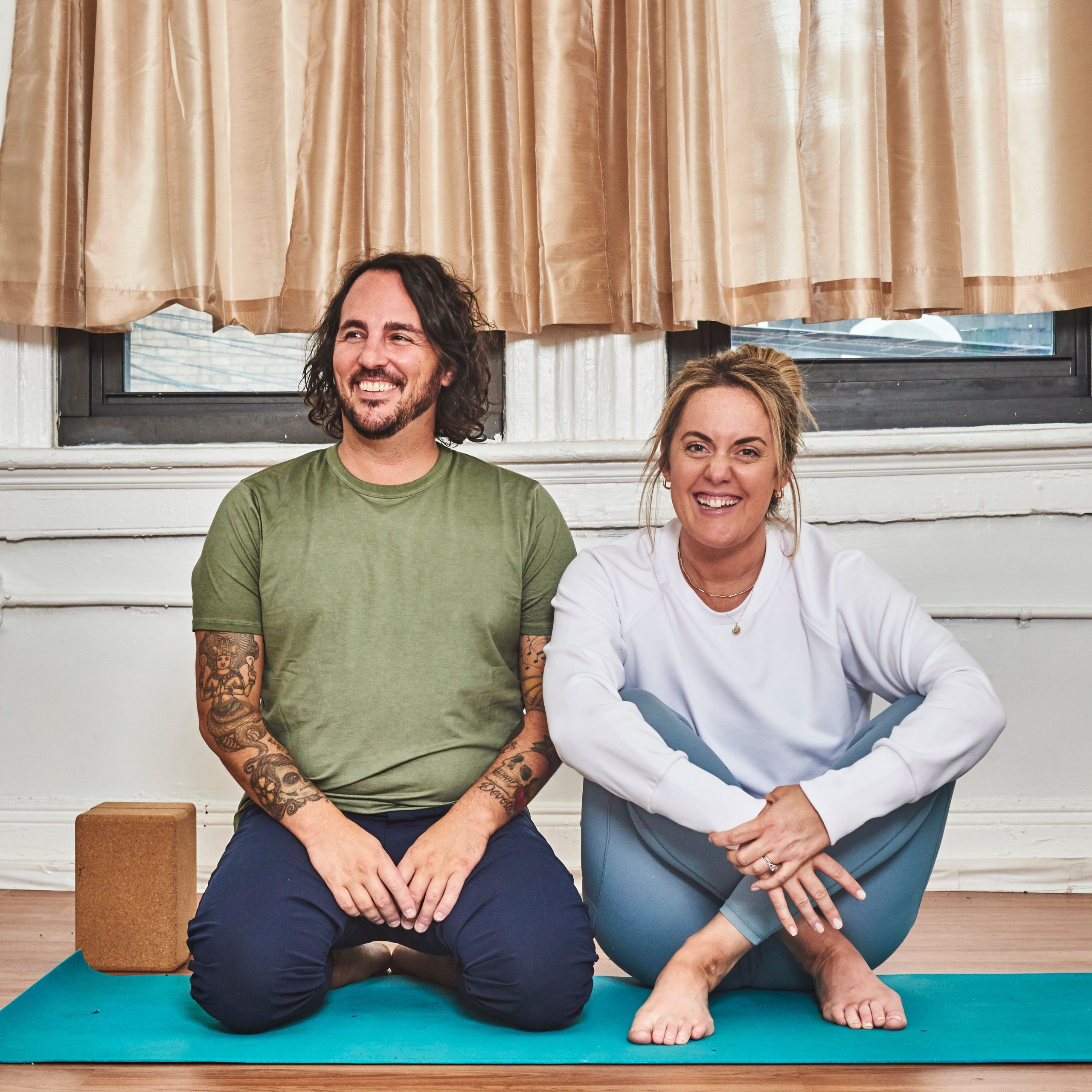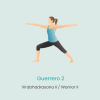
Why do we want to go upside down?
You might remember as a child how easy it was to put yourself upside down. As we get older, we might be a little more hesitant to invert ourselves but there are many benefits to practicing being upside down.
What is an inversion?
Typically an inversion posture in yoga consists of the placement of the heart below the head and the legs above the hips. The foundation, or place in which the body is balancing, can change depending on the posture.
Poses that are inversions:
What are the benefits of inversions?
Generally speaking, inverted postures revitalize the entire body and bring clarity to the mind. By taking the weight off the legs, blood is brought to the brain and other internal organs which improves overall circulation and functioning of the internal systems of the body. In addition, it is believed concentration is improved, better sleep is nurtured, and the nervous system overall can operate more efficiently.
Some inversions are more uplifting and activating, like Handstand and Forearmstand, others like Headstand and Shoulderstand are therapeutic, even though they are physically challenging, and Legs Up the Wall is purely restorative and calming for the nervous system. Basically, there is an inversion that suits all your needs.
What are the precautions for practicing inversions?
Seek guidance from a doctor and an experienced teacher before going upside down.
However, do not go upside down if suffering from:
- High blood pressure
- Heart conditions
- Eye or ear problems
- Neck or shoulder injuries
What are some popular inversions and the benefits of them?
Sirsasana, aka Headstand
Sirsasana, translated as Headstand, is often referred to as the King of all Poses. Physically, practicing headstand regularly develops strength and vitality in the entire body. It can improve sleep and aid digestion. Energetically, practicing headstand can harness a sense of equanimity of spirit.
Sarvangasana, aka Shoulderstand
Salamba Sarvangasana, translated as Shoulderstand, is often referred to as the Queen of all Poses. Regular practice of Shoulderstand is believed to improve functioning of the brain, thyroid, and parathyroid glands. It improves circulation of blood and lymph which revitalizes the internal organs. Energetically, the regular practice of shoulderstand is believed to help quiet the mind and soothe the nervous system.
Adho Mukha Vrksasana, aka Handstand
Adho Mukha Vrksasana, translated as Downward Facing Tree, is often referred to as Handstand. This is a vigorous and energetic pose in which you are completely balancing on your hands. Physically, the pose develops, tones, and strengthens the shoulders, back, arms, and wrists. Energetically, it requires concentration, coordination, and helps overcome fear.
Pincha Mayurasana, aka Forearm stand
Pincha Mayurasana, translated as Feathered Peacock, is often referred to as Forearmstand. Similar to Handstand, this pose develops, tones, and strengthens the shoulders, back, arms, and wrists. It is a physically challenging posture that is stimulating and energizing. It requires focus and determination.
Viparita Karani, aka Legs Up the Wall
Viparita Karani, translated as inverted posture, is often referred to as Legs Up the Wall. The is a restorative posture that places the body in an inverted position without effort or strain. You get the benefits of organ regeneration by being physically inverted as well as an overall sense of peacefulness and quietness of mind. This posture soothes the entire nervous system and is great after long trips or simply as an aid to reduce stress and anxiety.
Join our mailing list for incredible weekly content!








